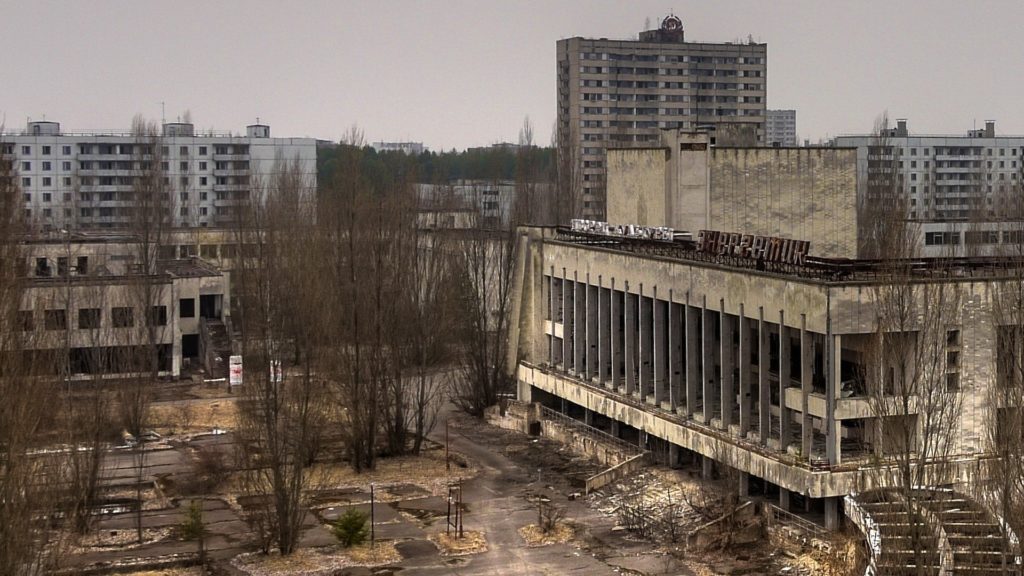We celebrate Earth’s Day and take a pledge to make this world a better place. However, how did we come to this where we have to remind people to take care of their home? Well, here are few of the many examples of how human destroyed the earth. Today we have five places which are deadly to visit as mankind have skilfully increased their danger value.
The Korean DMZ
The Korean Demilitarized Zone is the stretch of land between the borders of North Korea and South Korea, which is called as a no-man’s land but there exists the largest accumulation of antipersonnel land mines on the planet. Very few people ever enter and exit the border safely as it is a very risky venture for anyone.
Gilman
The Gilman town began as a mining town in 1886 during the Colorado Silver Boom but it turned out to be a modern ghost town due to the permanent evacuation in 1984. It was abandoned due to the contamination of the groundwater from poor mining practices. It allowed an abundance of zinc, lead, cadmium, arsenic, and sulfides to get mixed in water.
Wittenoom
Witternoon in Australia was the largest producer of blue Asbestos on the continent in the 1960s. The town was closed due to spread of the toxic levels blue asbestos throughout the area. Asbestos causes mesothelioma, which is deadly.
Bikini Atoll
On March 1, 1984, the US tested the Bravo hydrogen bomb, a 15-megaton nuclear weapon that vaporized three islands. It was 1000 times the magnitude of the bombs that were dropped on Hiroshima and Nagasaki. The islands are remaining as deadly and inhabitable due to consistent fallout. In 1946 the US tested a total of 67 nuclear devices on and around the Bikini Atoll and Marshal Islands. 23 of those took place on, over or under directly Bikini Atoll.
Chernobyl
The Chernobyl Nuclear Power Point was one of the worst nuclear disasters of all times. Thirty-one people were killed by the radiation released from the accident. Since the accident, an exclusion zone has been established extending 30 kilometers in all directions and it has been estimated that the land will not be fully safe for human habitation for another 20,000 years.




























